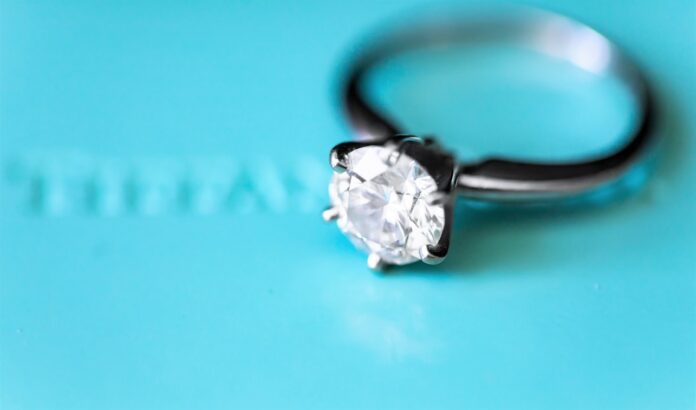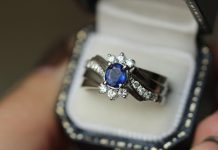Do you have a special woman in your life you’re looking to treat? That’s yourself? Good for you. A special woman deserves a special ring, especially if there is an important question coming with it. But before you go forgoing food to save for two months of salary, you might want to read our guide on moissanite. They could save you a lot of money so you can afford a much higher quality ring, but because they are wrongly deemed ‘fake’, their value is a badly kept secret. Take a look at our benefits for the moissanite.
What is Moissanite?
The difference between a diamond and moissanite is usually boiled down to moissanite being made in a lab, while a diamond is natural. And that is somewhat true, but it’s missing the context that both were initially made in nature, except now moissanite can be replicated. A naturally occurring moissanite is a very rare thing, rarer than diamonds, and takes a lot more work to mine out, but other than that, the differences are aesthetic. Diamonds are harder, have a slightly different color when the light hits them, and due to the fact that they cannot be replicated, are a lot more expensive.
For the planet-conscious buyer
The difference in sourcing your diamond makes a big difference in its effect on the planet. Moissanite is an environmentally friendly option because they are made in a lab under controlled circumstances. They are not mined, like diamonds and their naturally occurring alternatives, so the effect on the planet is forgone.
For the aesthetic
It’s often argued that moissanite has a better brilliance than diamonds. There is definitely a distinctly different brilliance due to a difference in their faceting pattern. Moissanites can offer a rainbow spectrum of flashes of light, where the diamond keeps displaying white light. But the moissanite’s brilliance is heightened and gets more brilliant the larger the stone, so its refractive index can reach from 2.65 to 2.69 – higher than a natural diamond.
For the affordable alternative
Of course, the main appeal, and the main put-off for moissanite, is its price. Due to the fact that the supply is there, the price comes down. This really comes down to what you think makes an item valuable. If you like to get the most for your money, you might like the idea of the extra sparkle and brilliance the moissanite brings for a smaller price tag, but if you prefer the ‘real’ ideal of a real diamond, the timelessness of the stone, and the fact that it is something naturally occurring that man hasn’t replicated, you’d be better off going with a real diamond. They are ultimately the same item with a different legacy behind them, so it comes down to what you value most in your engagement ring.
You can take the money you would have spent on a real diamond and extend your honeymoon or put it towards a new house, or you can have the real ring that you can wear forever and pass down to generations.




